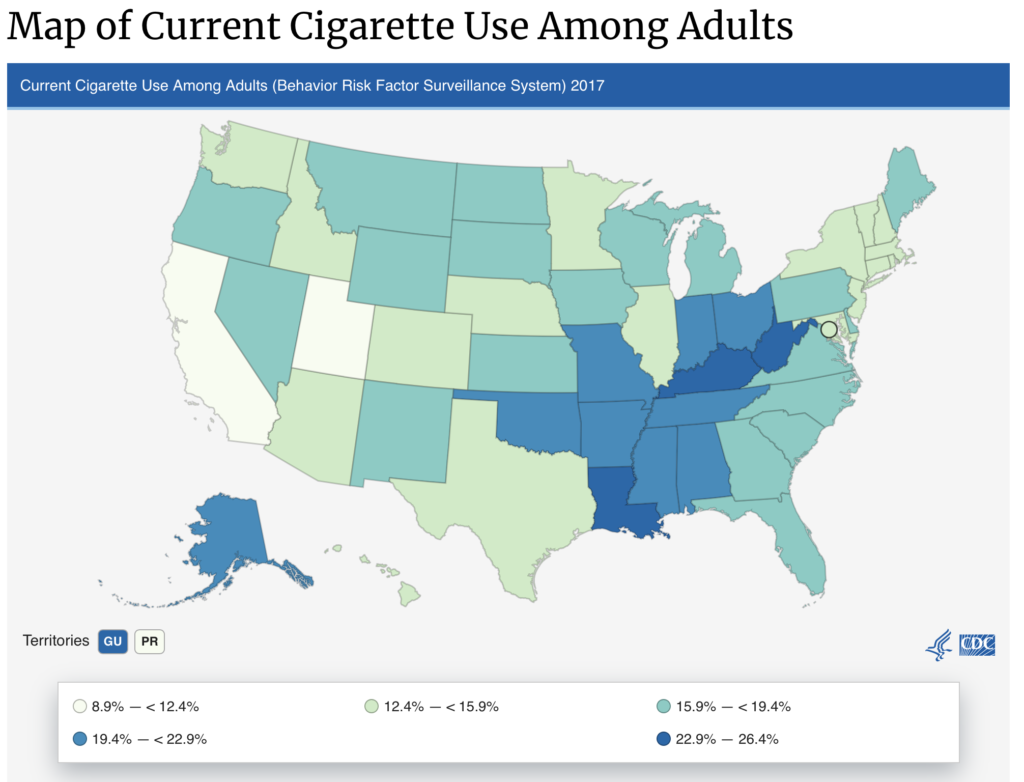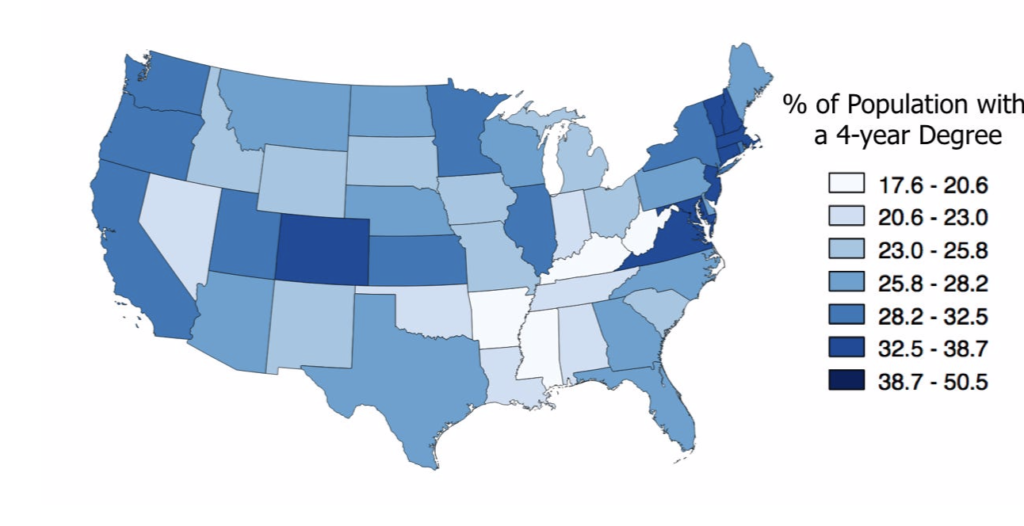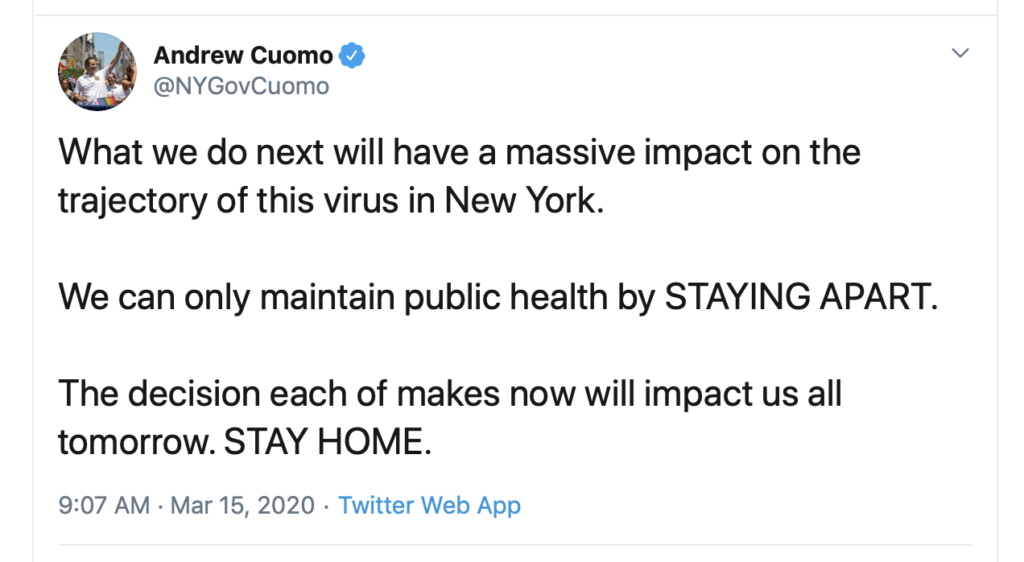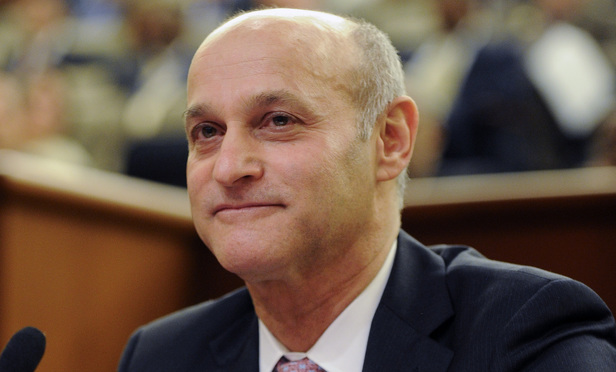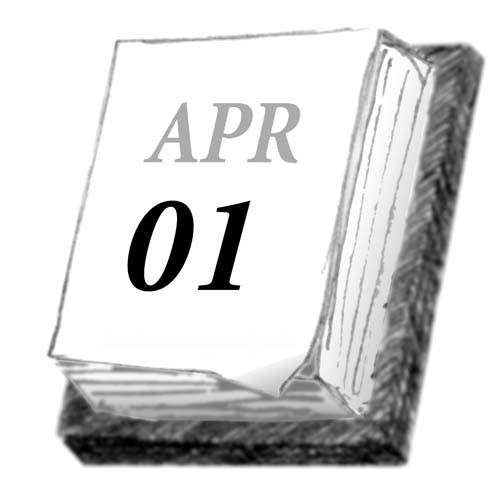
It’s with a heavy heart that I feel compelled to indefinitely adjourn April Fool’s Day.
I do so by the power vested in me as April Fool of the Legal Blawgosphere (hereinafter, “April Fool of the Legal Blawgosphere”).
It’s a painful choice, for sure, but that stupid virus (hereinafter “stupid virus”) left me no choice. Let’s face it, if I should become infected and ill — and I most likely will be infected if I’ve not been already — any joke could come back to haunt me. Haha, look what that moron wrote before he went down.
And this would be a really shitty thing to have on one’s stone: “Father, son, husband, brother and fool.” And not the jester kind of Fool. We’re talking fool with a little f.
This would, naturally, be followed by a social media uproar over use of “moron” and “fool” and accusations of ableism and then where the hell would I be? Still under the stone.

Regular readers know I have a bit of affection for this auspicious day, and I exercise my awesome power as April Fool of the Legal Blawgosphere (hereinafter, “April Fool of the Legal Blawgosphere”) to adjourn only with extreme reluctance. The mantle of responsibility weighs heavy while wearing the jester’s hat. Irregular readers should eat more fiber.
And yes, I know I repeated that hereinafter, “April Fool of the Legal Blawgosphere” joke twice but this is a short piece, and there’s a virus ravaging our communities, so suck it up. If I cared more about the moniker I would have come up with a catchy acronym. But I don’t. So I didn’t.
I think I digressed.
This April Fool’s saga started 12 years ago when, as a newbie law blogger, I spun the tale of three justices of the Supreme Court recusing themselves in a fantasy baseball appeal because they participated in the court’s own fantasy league. They had, after all, a vested interest in the outcome. Two other participating justices, however, refused to recuse. That would be Scalia and Ginsburg, two-thirds of their team “The Three Sopranos” since you insisted on wondering. My point was to demonstrate the lack of firm rules for High Court judicial recusal.
That little blog post got a whole bunch attention, really, because a young, smart, visionary and delightfully mischievous blogger guy named David Lat (now recovering from said stupid virus) ran the piece in Above the Law’s Morning Docket.
I confess to having had great fun both in writing it and deconstructing it, because there was an actual point to the joke. And I remain grateful to Lat for acting as my amplifier as he blasted it to the world.
My April 1 gig as Official White House Law Blogger in 2010 got the most attention when the New York Times got punked. Once again, it was only because of the willingness of other law bloggers who were in on the joke to play along. (Greenfield, Popehat, Orin Kerr @ Volokh, among others).
The New York Times issued its mea culpa a week later via the Pubic Editor.
There have been other April Fool’ Day bits, which you can read here, each with a point to make (or at least an attempt at one) but once you become know for April 1 gags it becomes almost impossible to pull off. And today was not the time to see if I could once again squeeze past that almost.
I thought about doing something with the millions of coronavirus beards being grown around the world by men realizing that, well, shaving isn’t a priority. Or something with Netflix and chilling, chilling and more chilling.
But no. I couldn’t. That stupid virus decided to make my town the first East Coast cluster, and I was dead smack in the middle. Everyone in these parts now knows someone who was sick or is sick. And if you don’t you will. Regardless of which parts you live in.
We stand adjourned. April Fool’s Day will continue on a future date. Without notice, of course.

